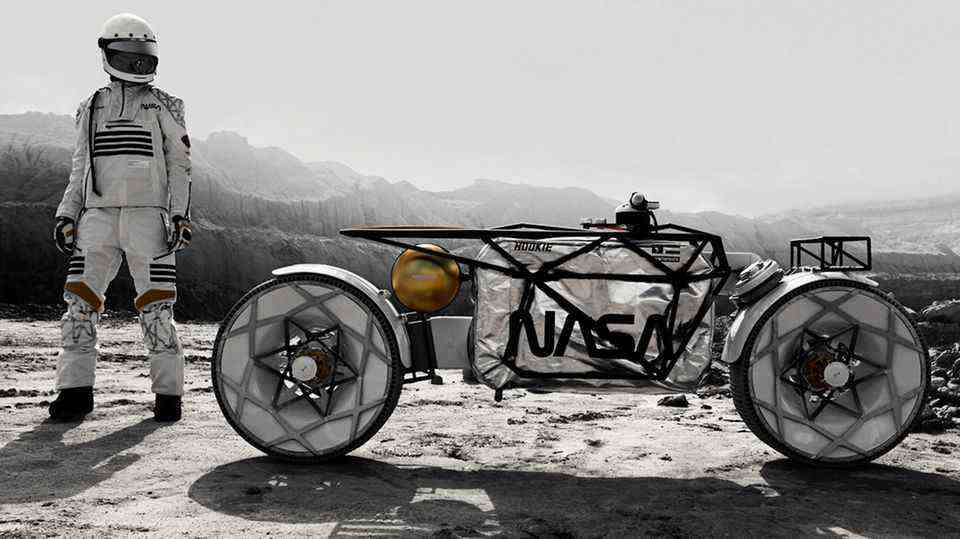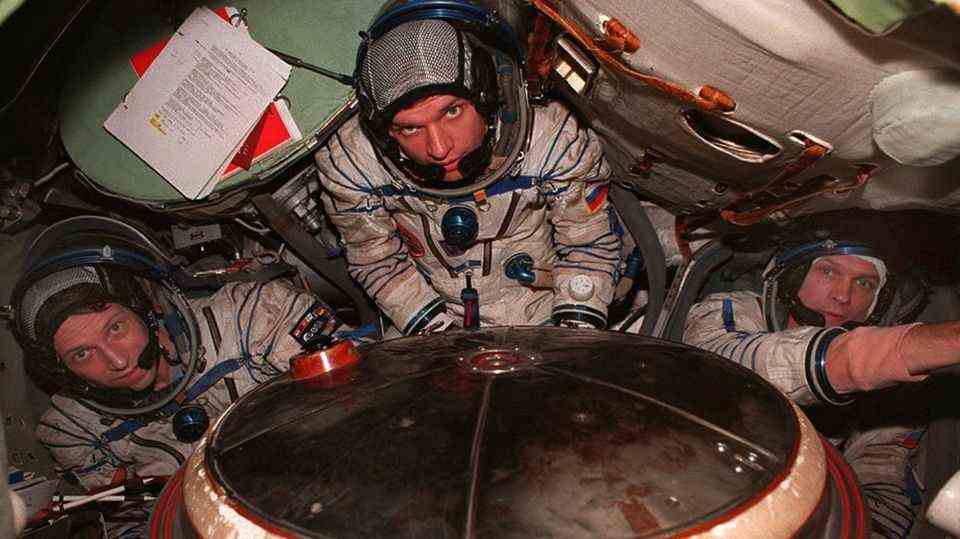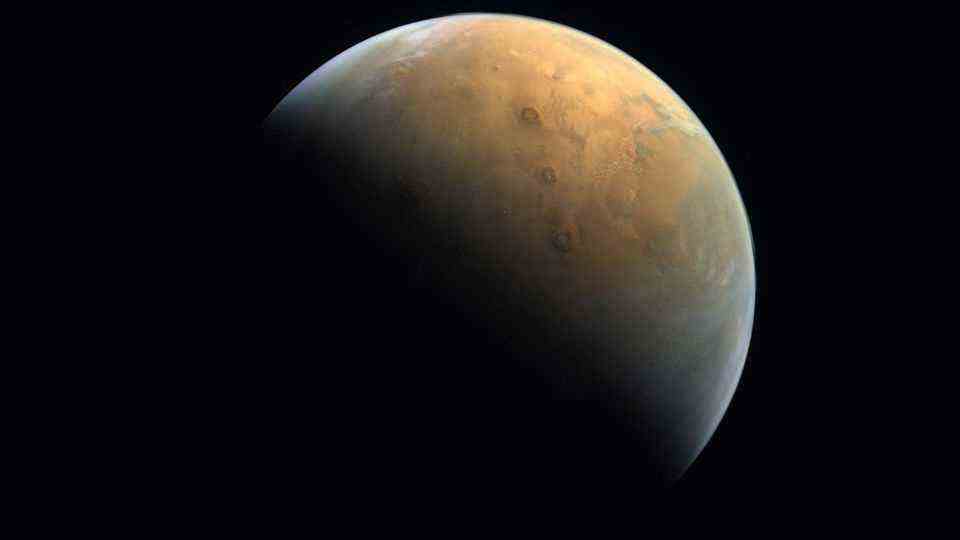space exploration
WASP-121b: Liquid gemstones may rain down from the sky on Jupiter-like exoplanet
The planet WASP-121b, first discovered in 2015, is considered a hot, Jupiter-like planet because it is even hotter and has an even greater mass than the largest planet in our solar system (symbol photo)
© Margarita Balashova / Getty Images
Planet WASP-121b, a massive gas giant orbiting a star about 855 light-years from Earth, could produce metal clouds and rain of liquid gems, according to new research.
First discovered in 2015, planet WASP-121b is considered an ultra-hot Jupiter-like planet because it is even hotter, has an even greater mass, and is even larger in diameter than the largest planet in our solar system. The exoplanet has a luminous water vapor atmosphere and is deformed into the shape of a soccer ball due to the strong gravitational pull of the star it orbits.
“Hot Jupiters are famous for having very bright day sides”
WASP-121b completes an orbit every 30 hours and is tidal, much like the moon is to Earth, according to latest research published Monday in the journal Nature Astronomy. This means that one side of the planet, the day side, always faces the star. The other side experiences a permanent night facing space. “Hot Jupiters are famous for having very bright day sides,” Tansu Daylan, co-author of the Massachusetts Institute of Technology study, told CNN.
The Hubble Space Telescope used both sides of the planet to better understand its atmosphere and extraterrestrial weather. On Earth, water evaporates and its vapor condenses into clouds, which then release rain. On WASP-121b, water goes through a vicious cycle. The water atoms are being torn apart by the scorching temperatures the planet faces on the dayside. These atoms are carried to the nightside by winds that reach more than 17,000 kilometers per hour. There, the molecules combine again to form water before being pushed back onto the day side.

iron and corundum
The temperature differences between the two sides of the planet mean that the night side is cool enough for metal clouds of – among other things – iron and corundum to form. Corundum is a mineral found in rubies and sapphires. Similar to water vapor, these metal clouds can be pushed to the dayside where the metals vaporize into gases. However, before the clouds leave the nightside, they might release rain of liquid gems.
“This observation gives us a truly global view of an exoplanet’s meteorology,” said the study’s lead author, Thomas Mikal-Evans, of the Max Planck Institute for Astronomy. “It’s exciting to study planets like WASP-121b, which are very different from those in our solar system because they allow us to see how atmospheres behave under extreme conditions,” says study co-author Joanna Barstow, quoted by CNN, summing up the fascination these new observations are exerting on the scientific community.
Swell: “Nature Astronomy”, CNN



